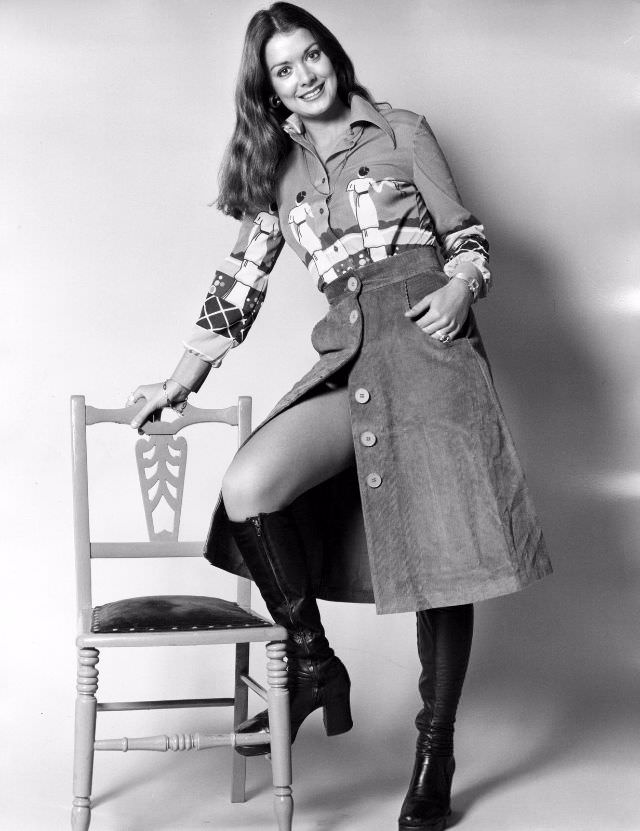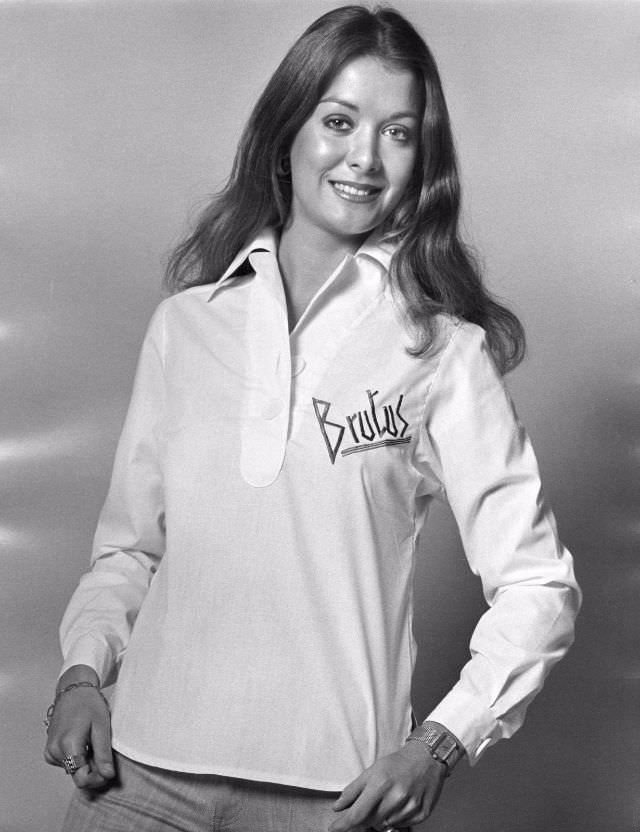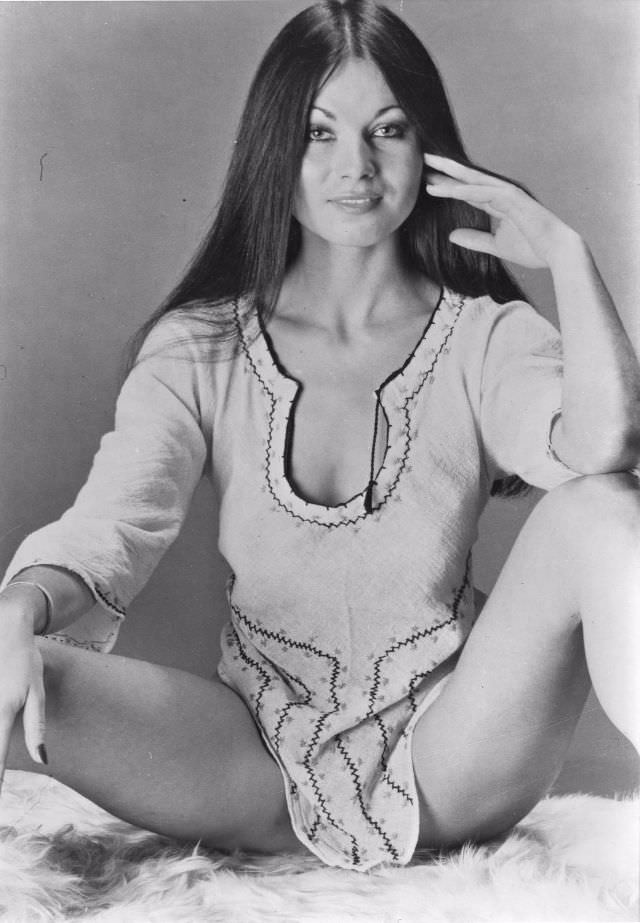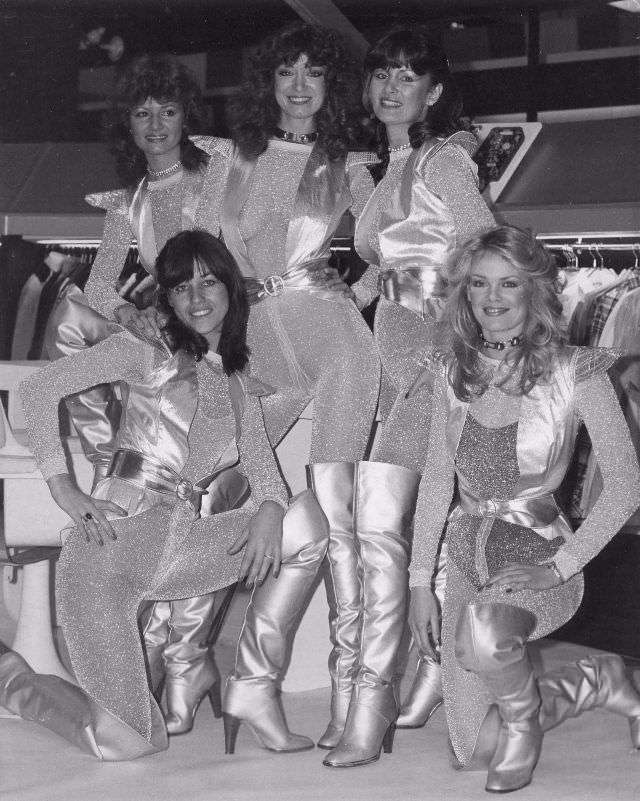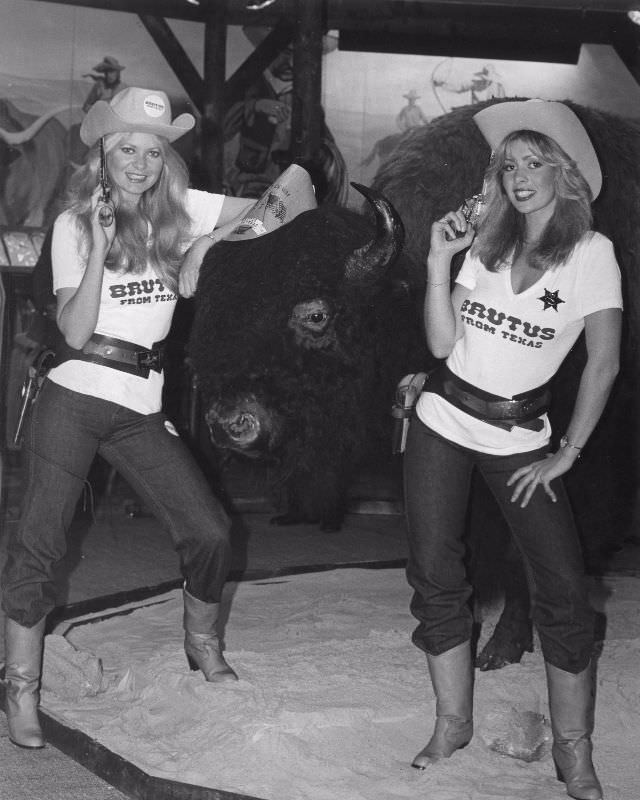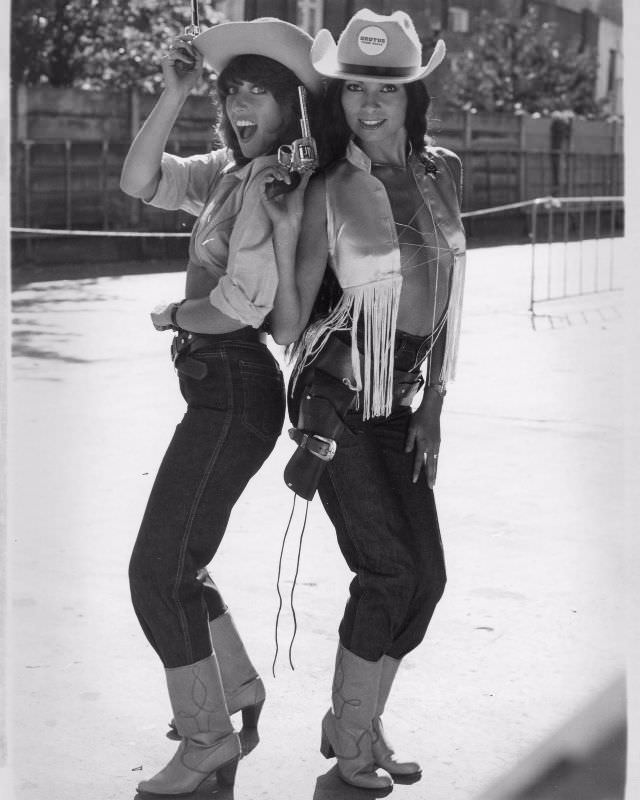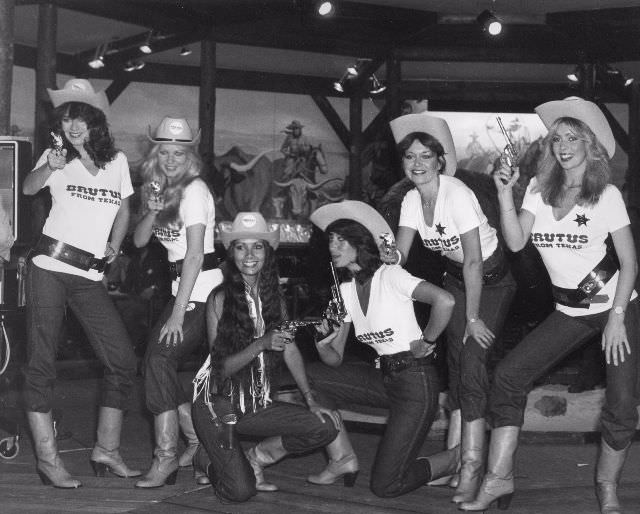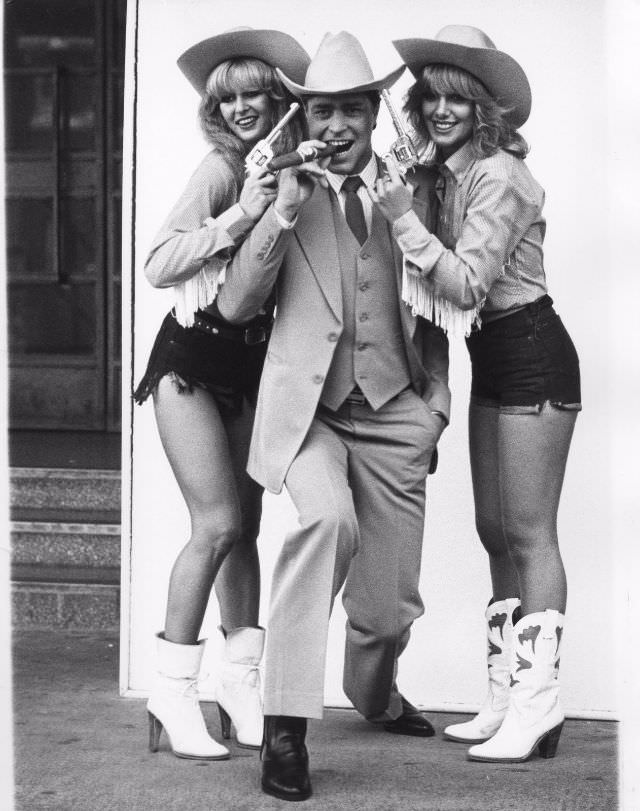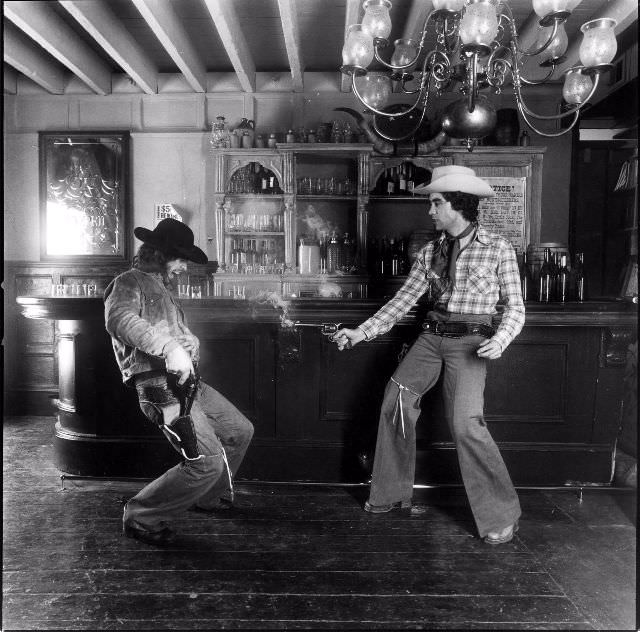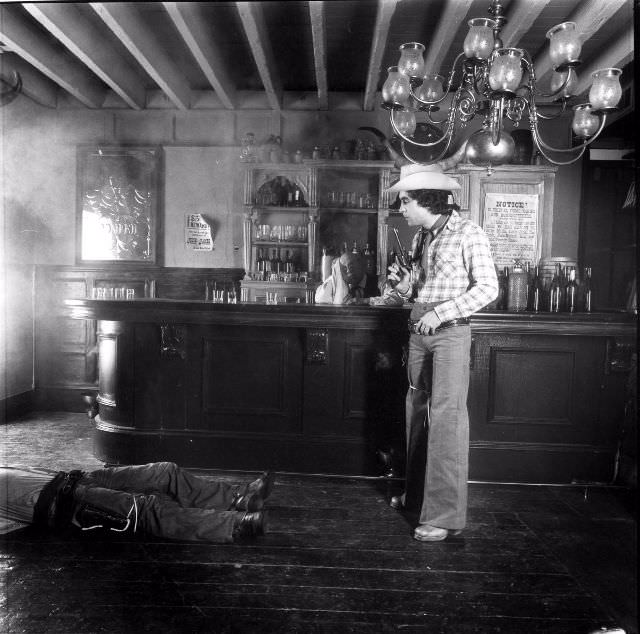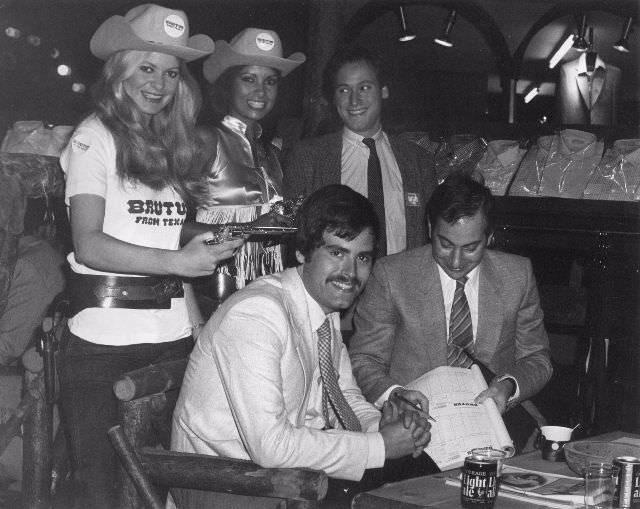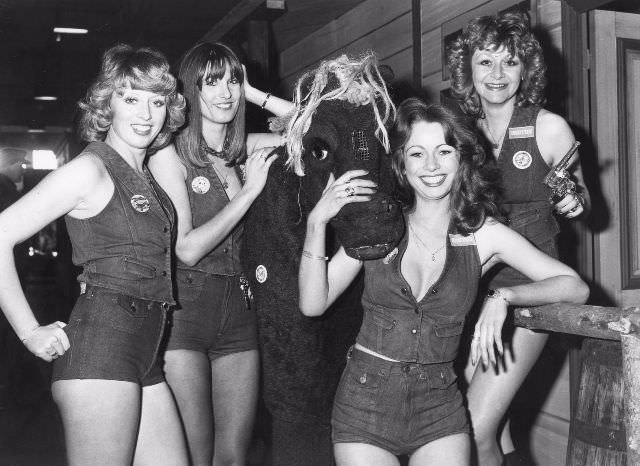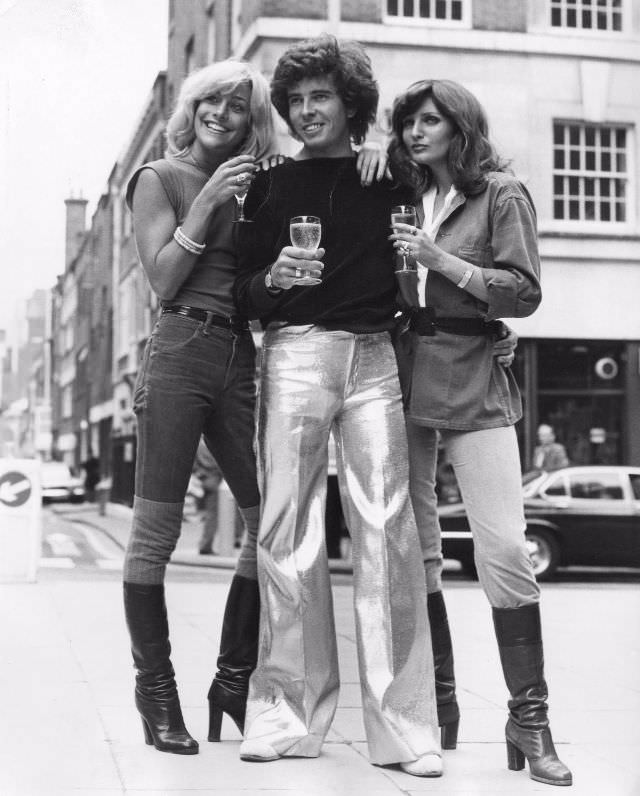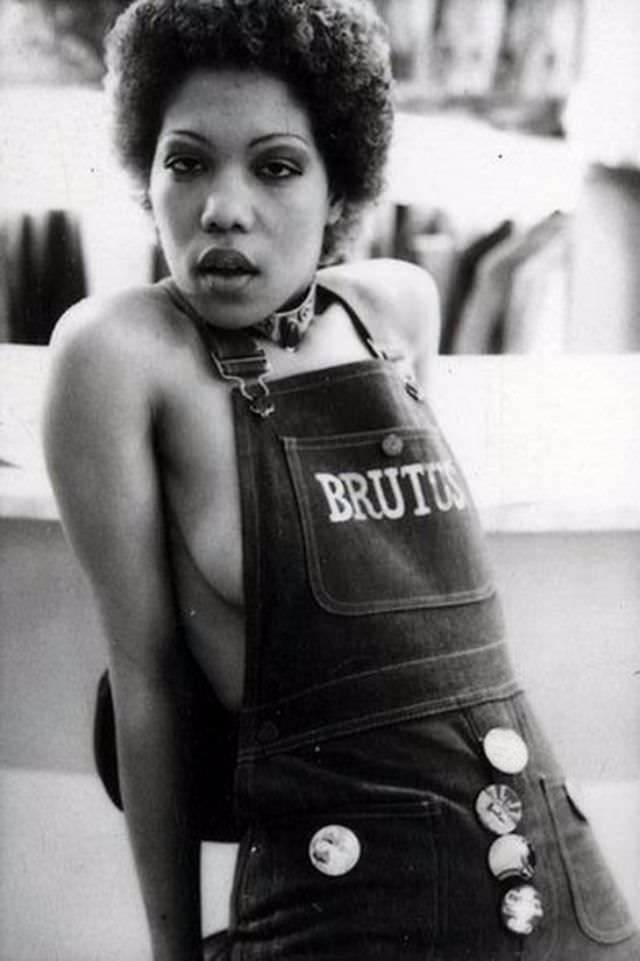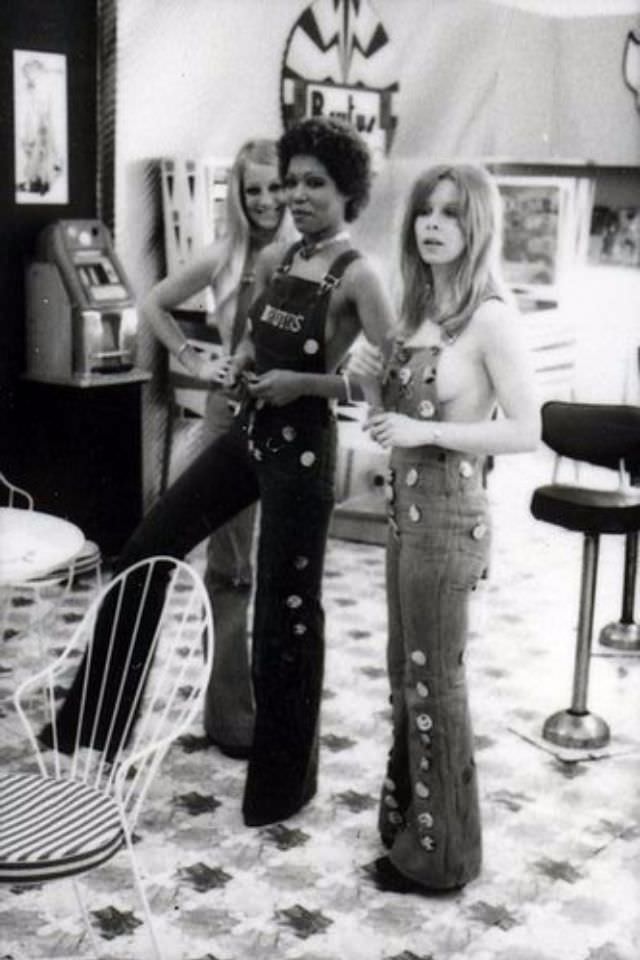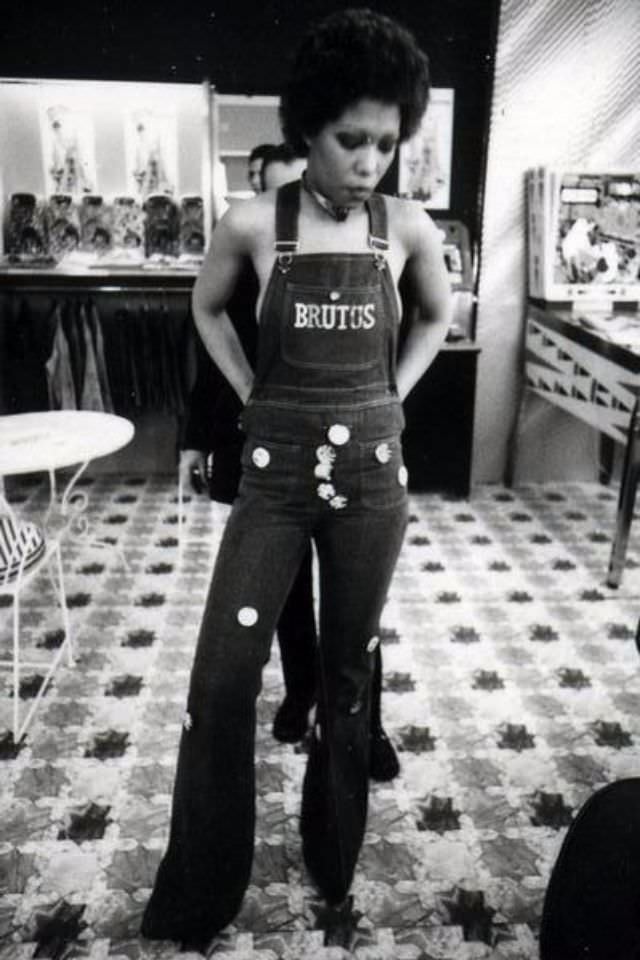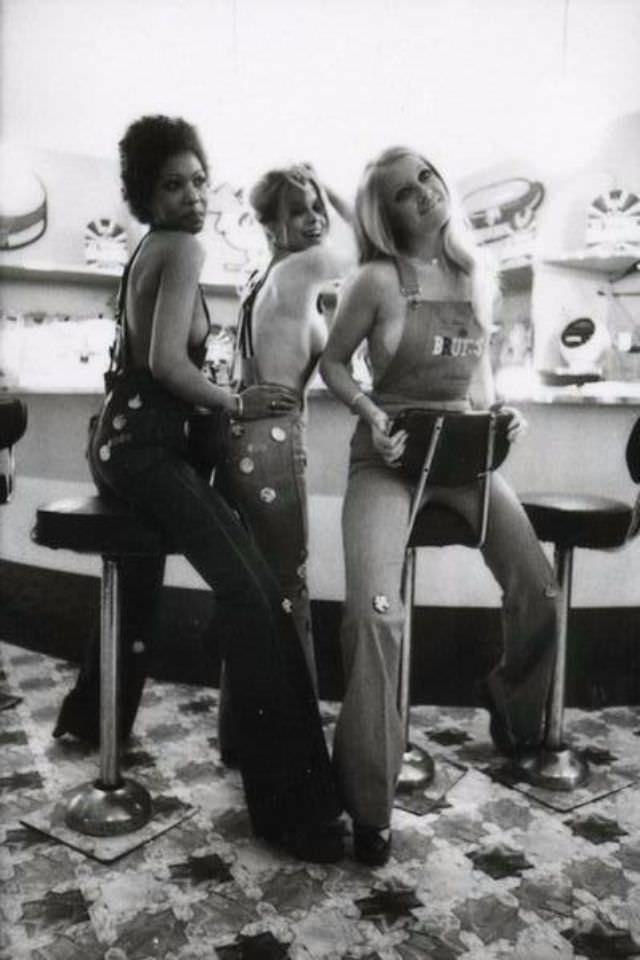In the heart of 1960s Britain, two teenage brothers, Keith and Alan Freedman, ignited a fashion revolution with Brutus Jeans. More than just denim, Brutus was a cultural phenomenon that embodied the spirit of a generation. The photoshoots from this era weren’t merely about selling clothes; they captured the essence of youth culture, music, and social change.
While jeans eventually became synonymous with the brand, Brutus’s story began with a single sweater. As the brand expanded, so did their photoshoots. Early images were simple yet striking, often featuring models in plain tees and jeans against minimalist backdrops. This unpretentious aesthetic resonated with young people who were tired of stuffy, traditional fashion.
As the 60s progressed, Brutus became the go-to brand for two distinct subcultures: Mods and skinheads. The Mods, known for their sharp suits, tailored shirts, and Vespa scooters, found a perfect match in Brutus’s clean lines and classic designs. Skinheads, with their shaved heads, Doc Martens boots, and rebellious attitude, embraced the brand’s rugged denim and no-nonsense style.
Brutus’s photoshoots mirrored this subcultural shift. Models with close-cropped hair and confident expressions embodied the rebellious spirit of the time. The photos weren’t just about clothes; they were about belonging to a tribe, expressing individuality, and challenging societal norms.
The brand’s durable denim and affordable prices made it the perfect attire for cheering on your favorite team from the terraces. Photoshoots began to feature models in football stadiums, pubs, and other everyday settings, showcasing how Brutus seamlessly integrated into the lives of working-class Brits.
In the 1970s, Brutus enlisted the talents of a young filmmaker named Adrian Lyne to direct their television commercials. Lyne, who would later gain fame for directing iconic films like “Flashdance” and “Fatal Attraction,” brought a cinematic flair to Brutus’s advertising.


